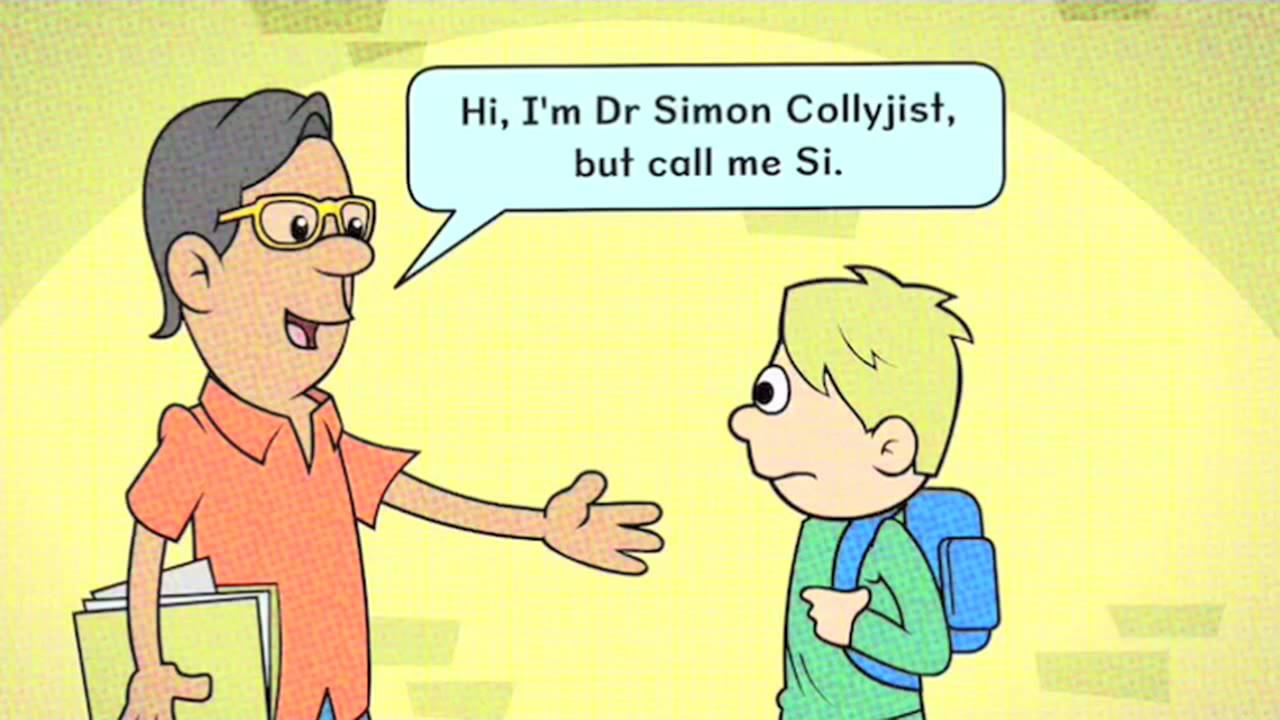
A study led by the University of Edinburgh shows that dyslexia and ADHD often occur together and share many common genes. This sets them apart from other developmental and mental health diagnoses such as autism, bipolar disorder, and schizophrenia. The study is the first to explore the genetic links to dyslexia, which is believed to affect 10% of the population, in the context of neurodevelopmental and psychiatric traits.
The findings from the University of Edinburgh could help in customizing targeted educational, employment, and wellbeing support systems for people with dyslexia or ADHD, experts say. These findings contribute to our understanding of the biological factors underlying dyslexia, a condition that affects reading and spelling, and ADHD, a condition associated with difficulty concentrating hyperactivity, and impulsivity. Researchers at the University of Edinburgh analyzed large public anonymized datasets of genetic data on 10 neurodevelopmental and psychiatric conditions from the Psychiatric Genomics Consortium. Additionally, they used dyslexia genetic statistics from an analysis of around 1 million people in collaboration with 23andMe, a genomics and biotechnology company.
They used a statistical tool to find clusters of genetically similar traits for dyslexia and 10 neurodevelopmental and psychiatric traits including ADHD, anorexia nervosa and Tourette syndrome. They conducted more detailed analyses to identify specific genetic regions that overlap between dyslexia and ADHD.
In the study, researchers identified five genetic clusters, called latent genomic factors, among the 10 psychiatric traits. They found that ADHD was more closely linked to a factor related to attention and learning difficulties rather than factors associated with neurodevelopmental traits such as autism and Tourette syndrome.


